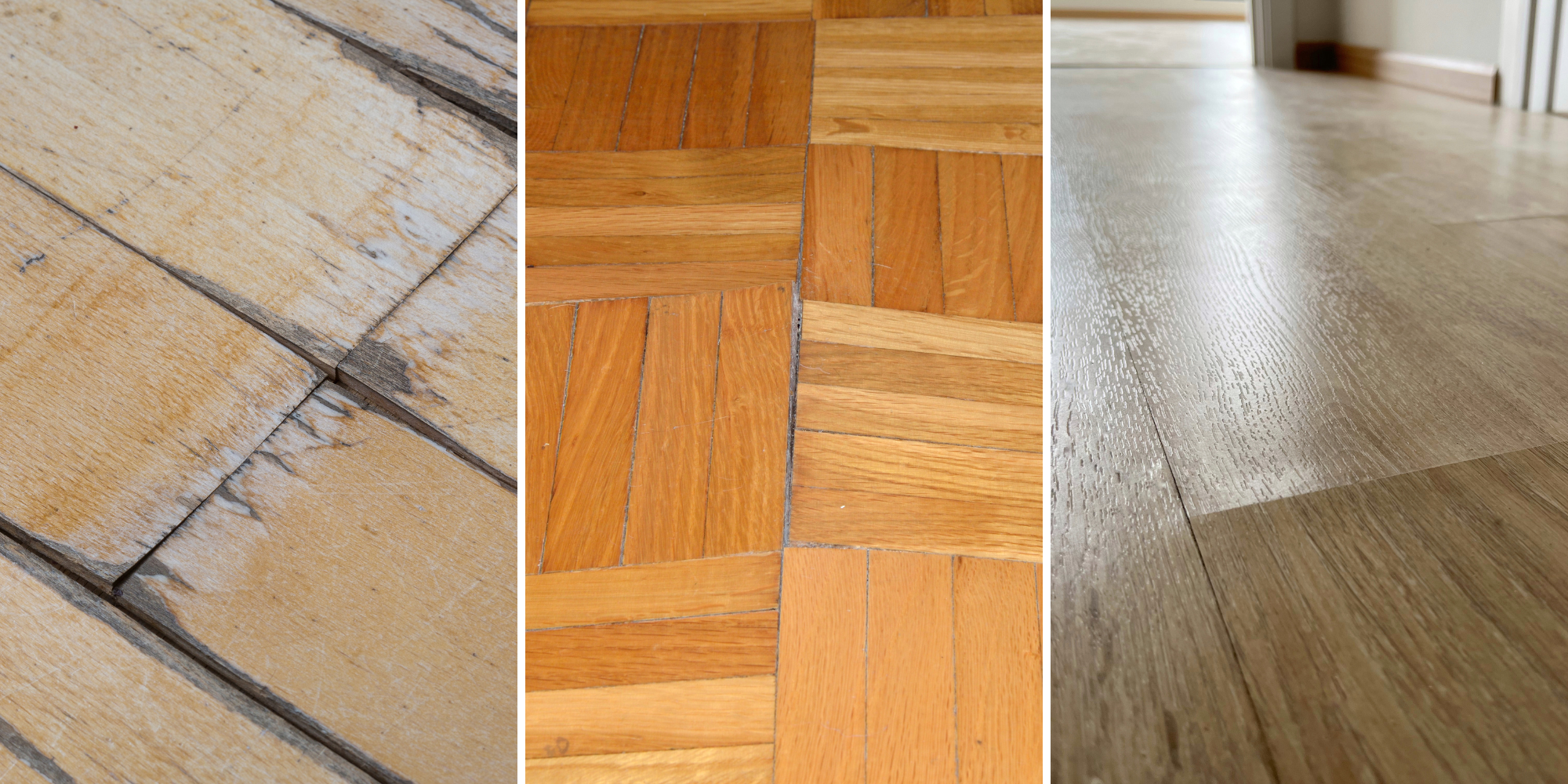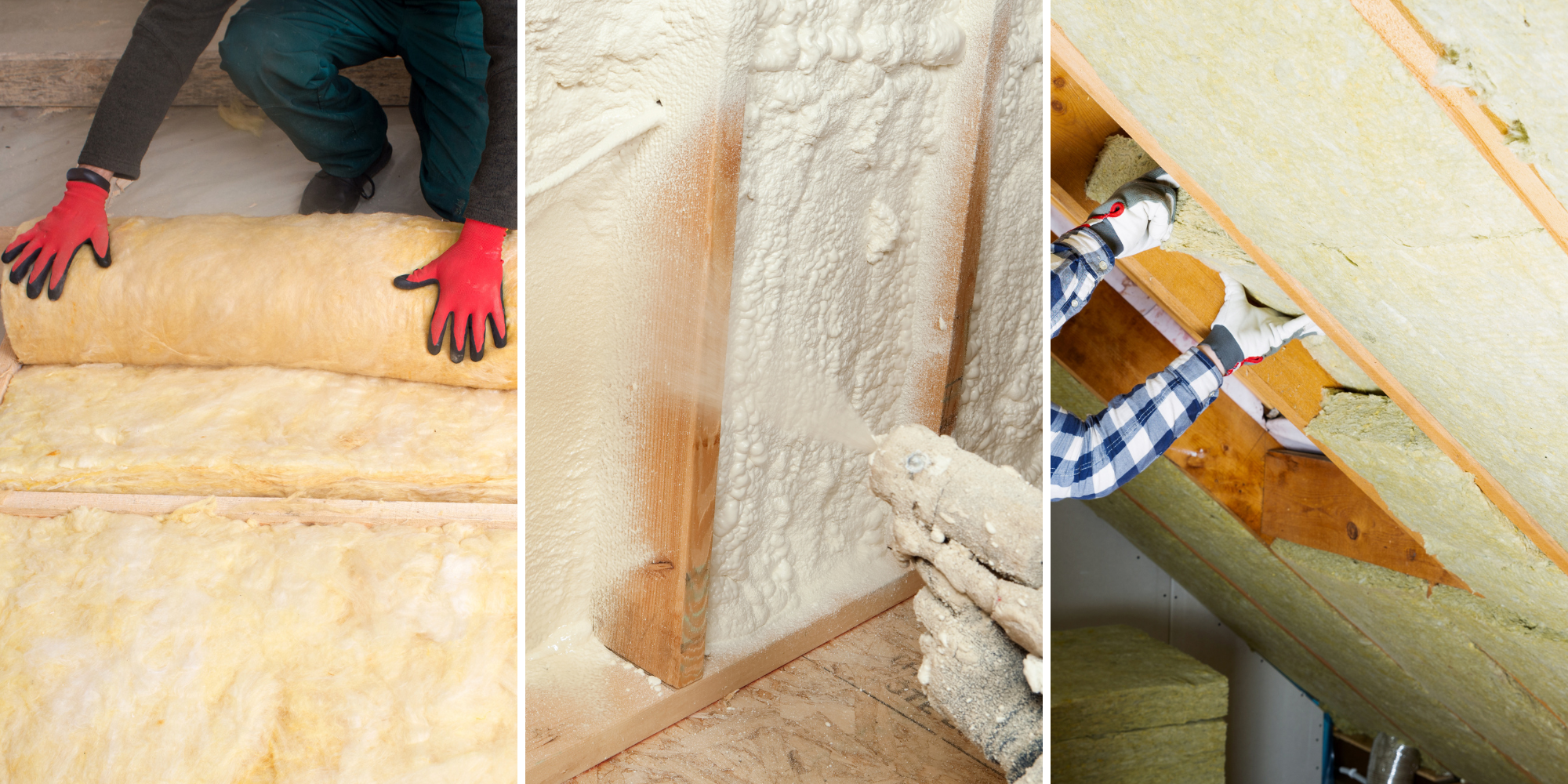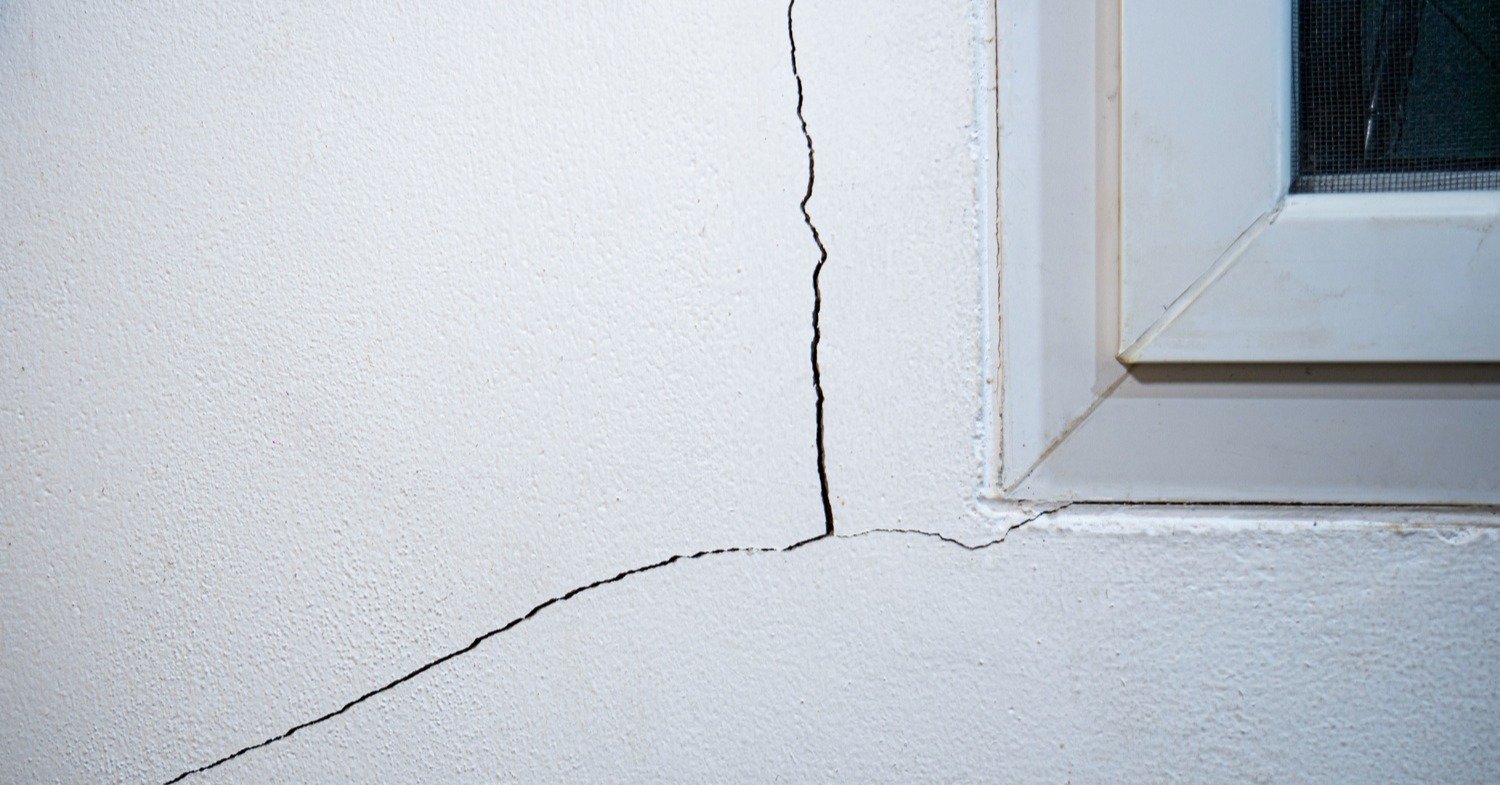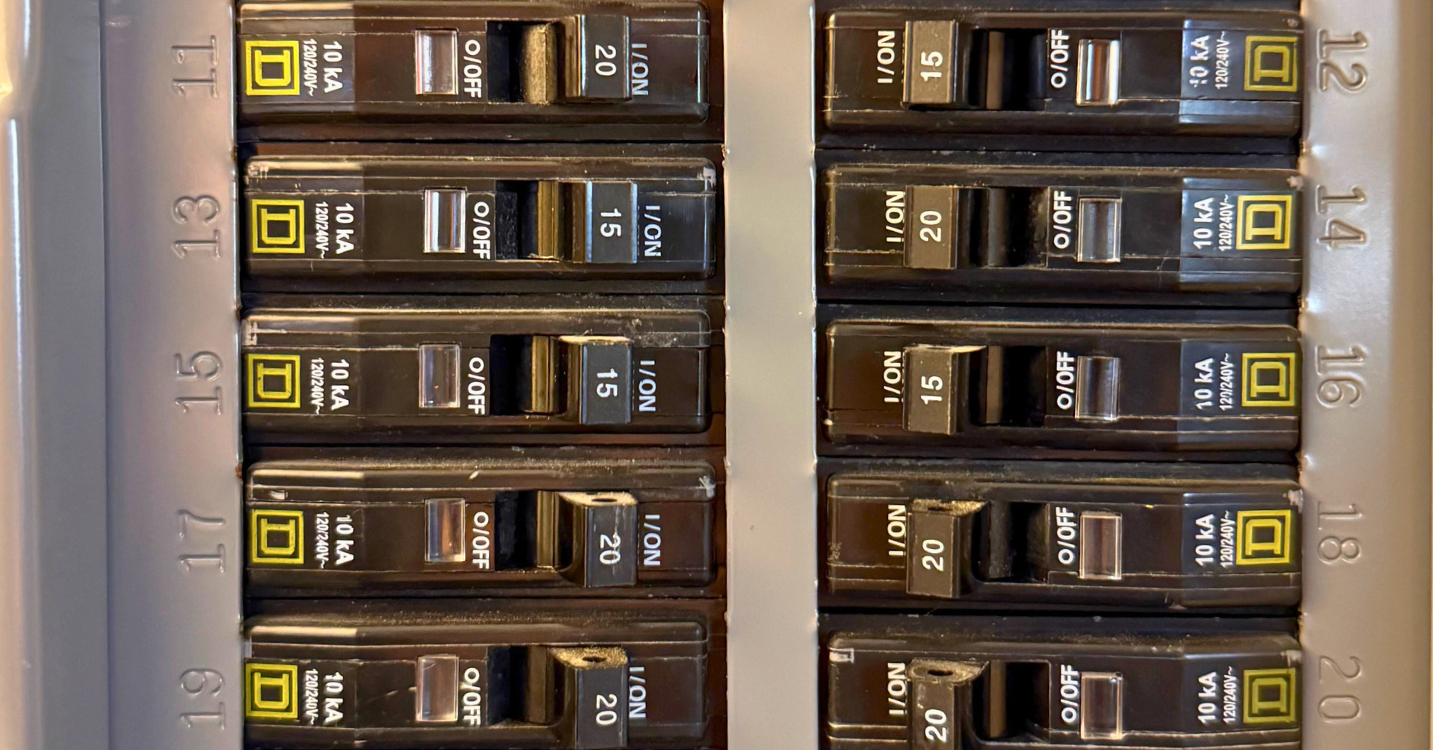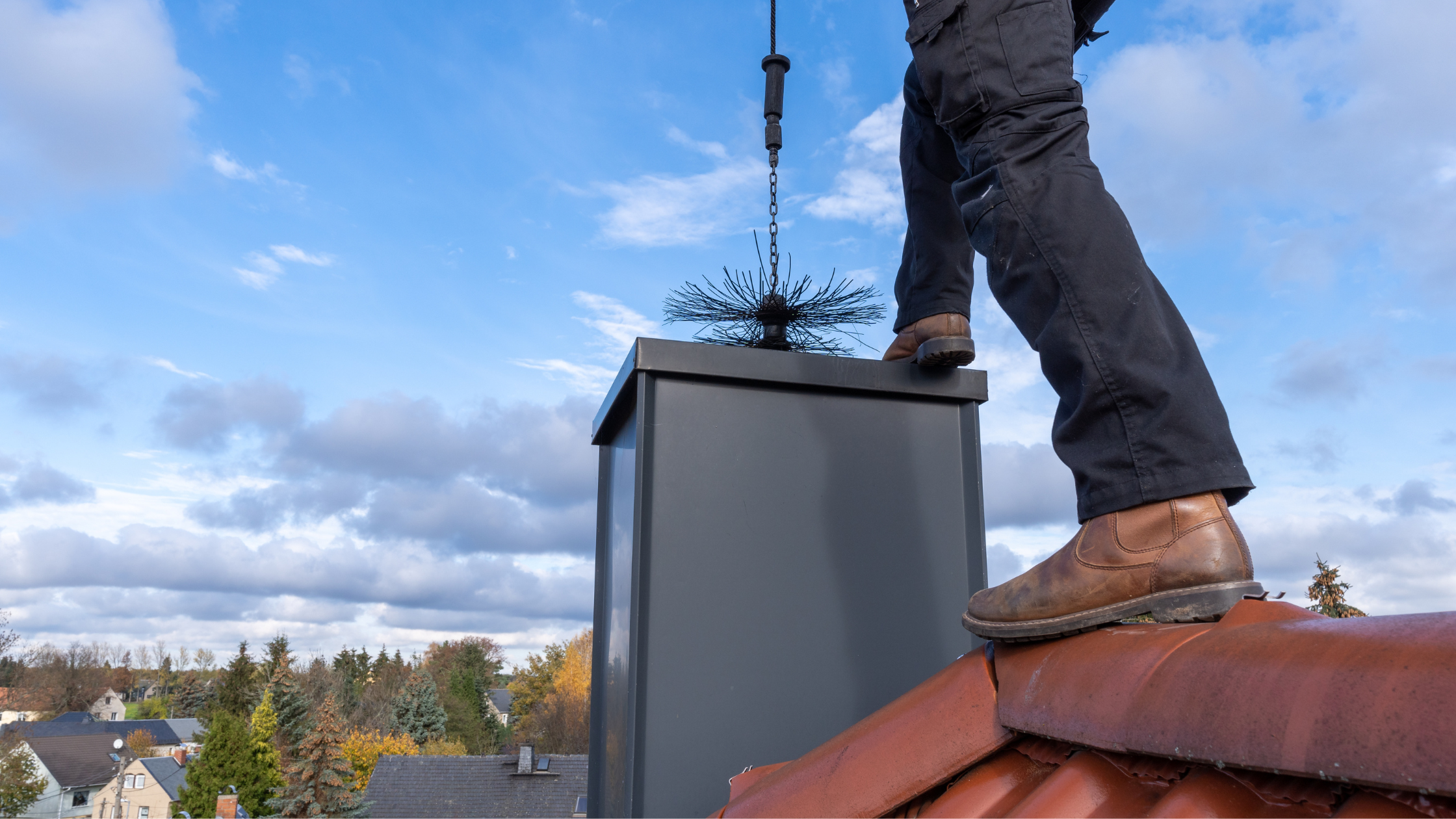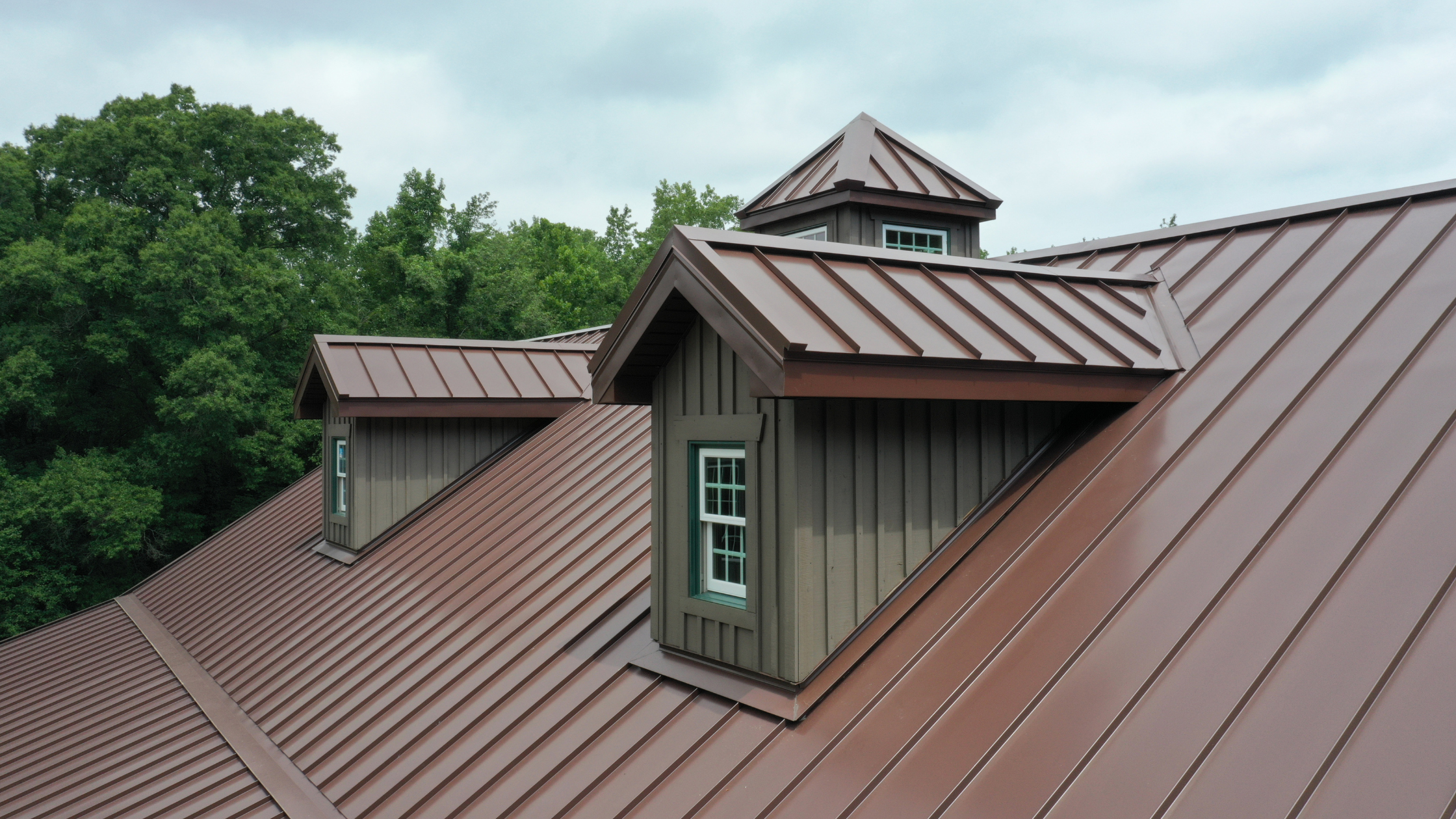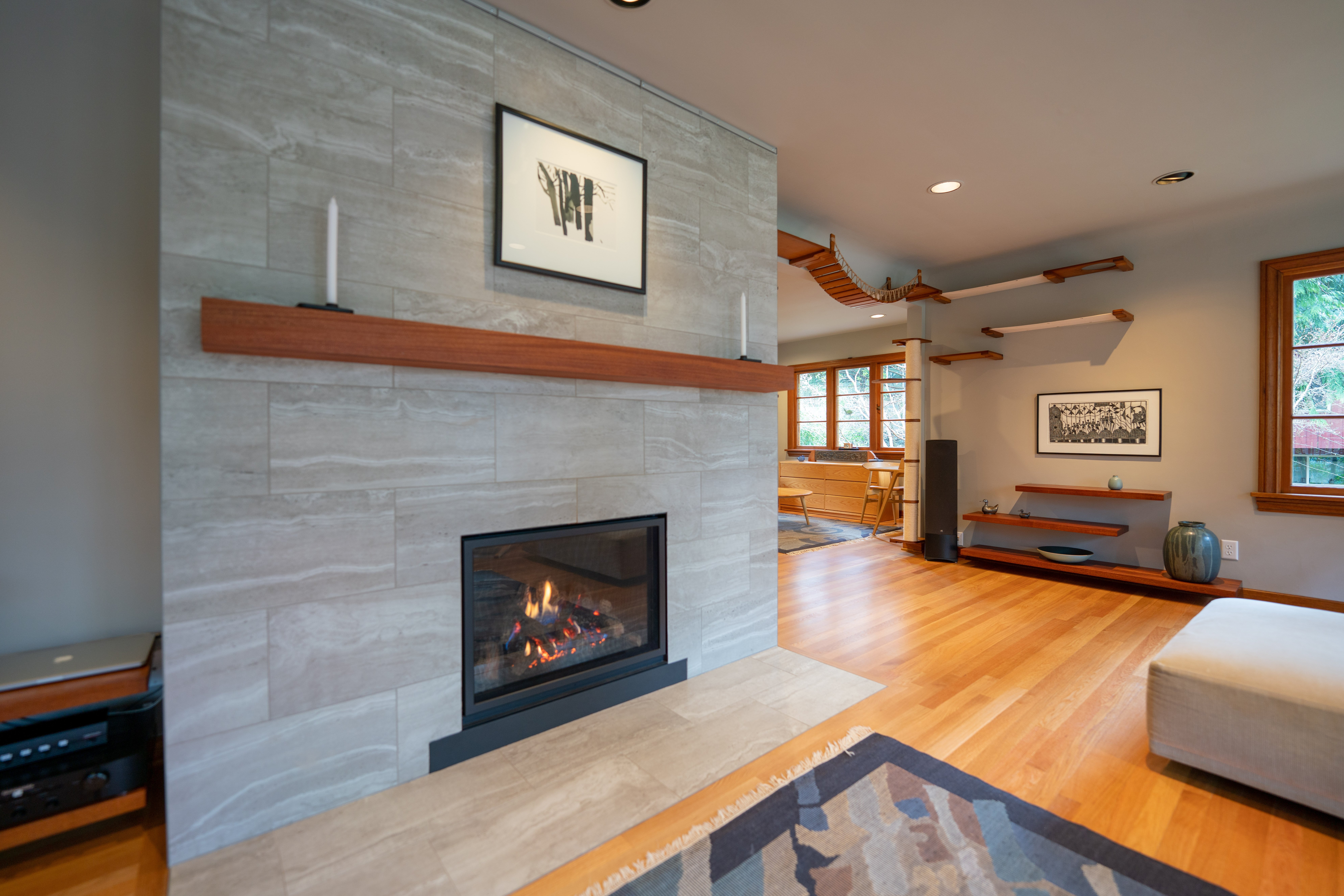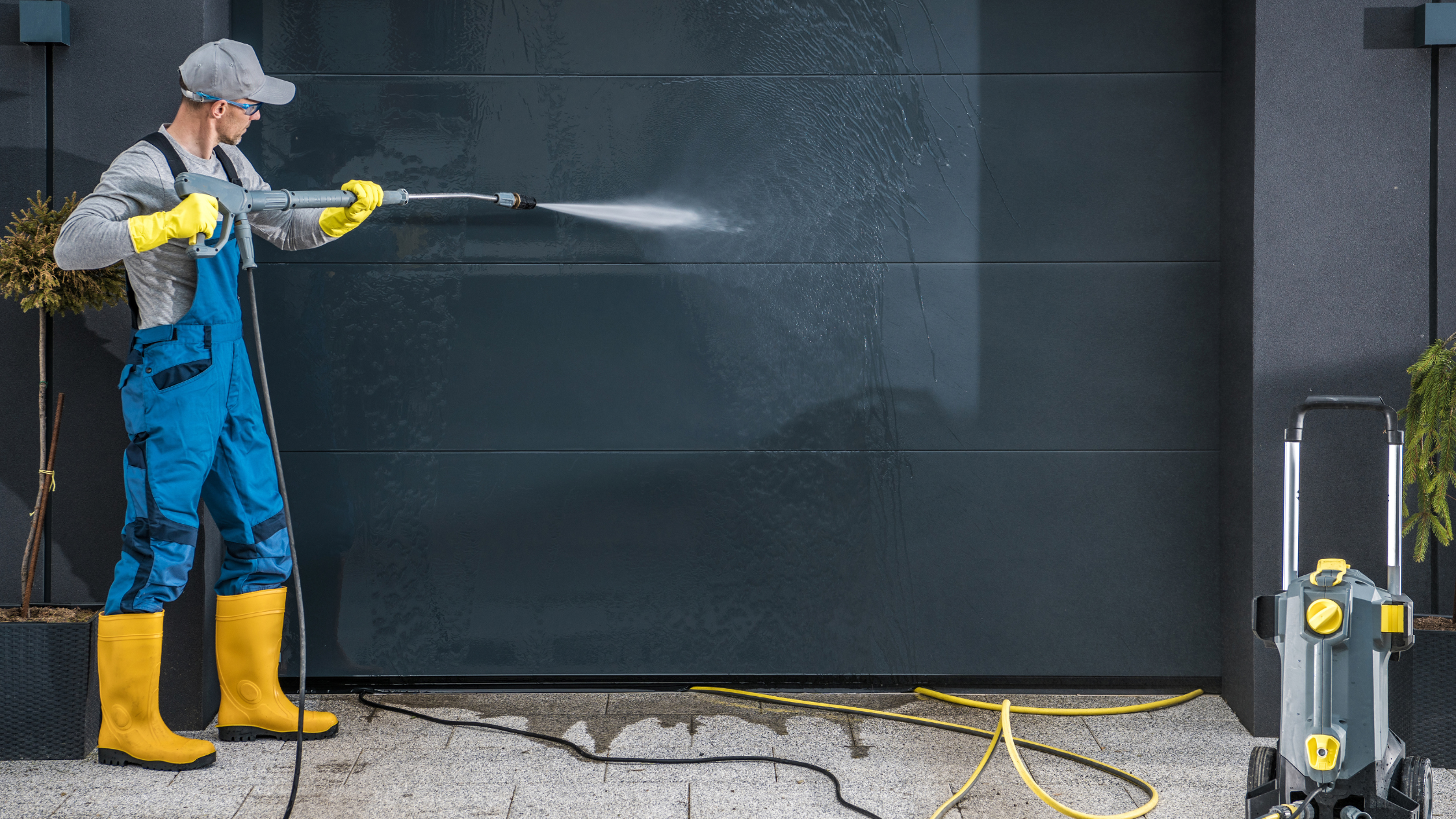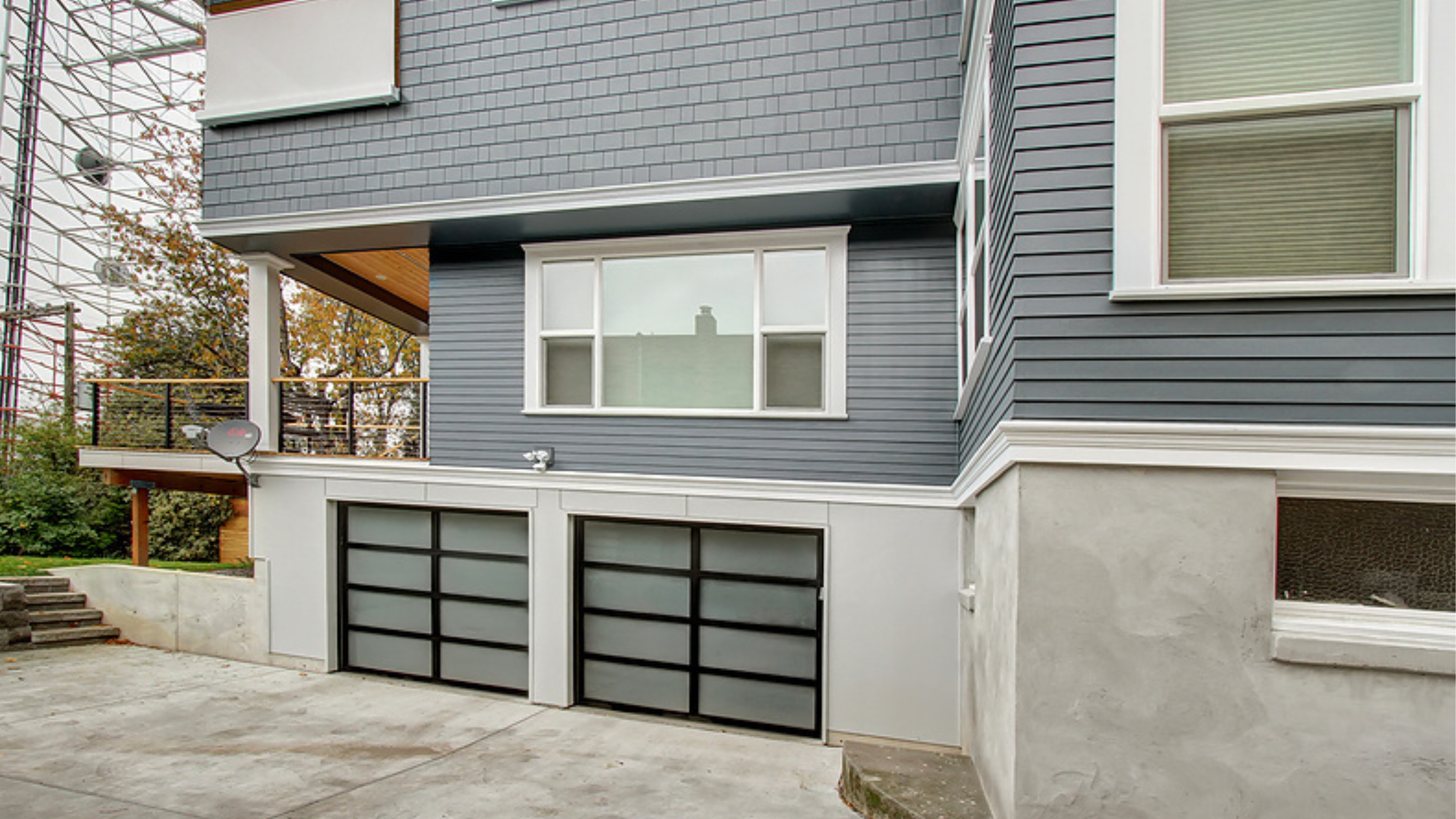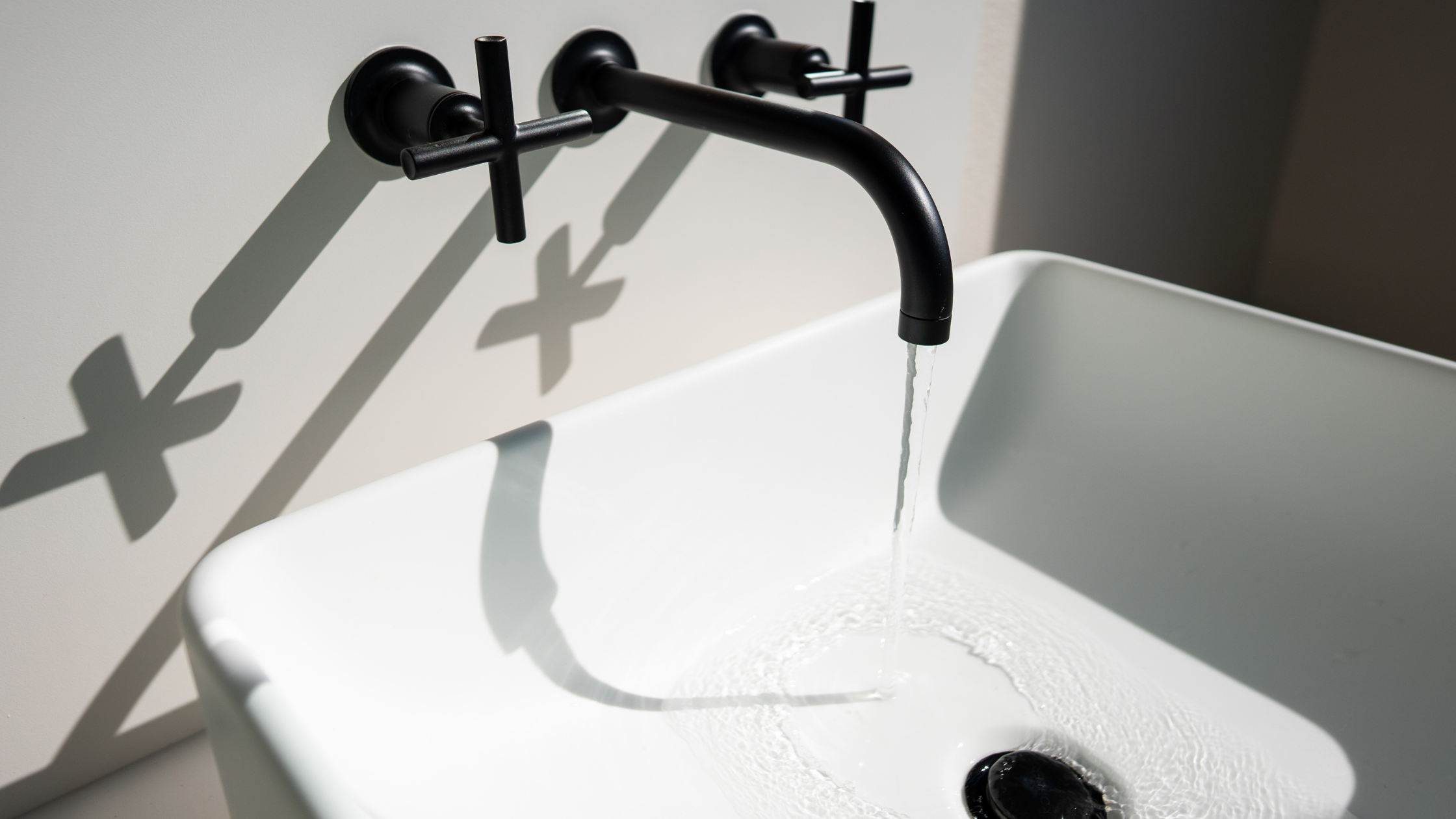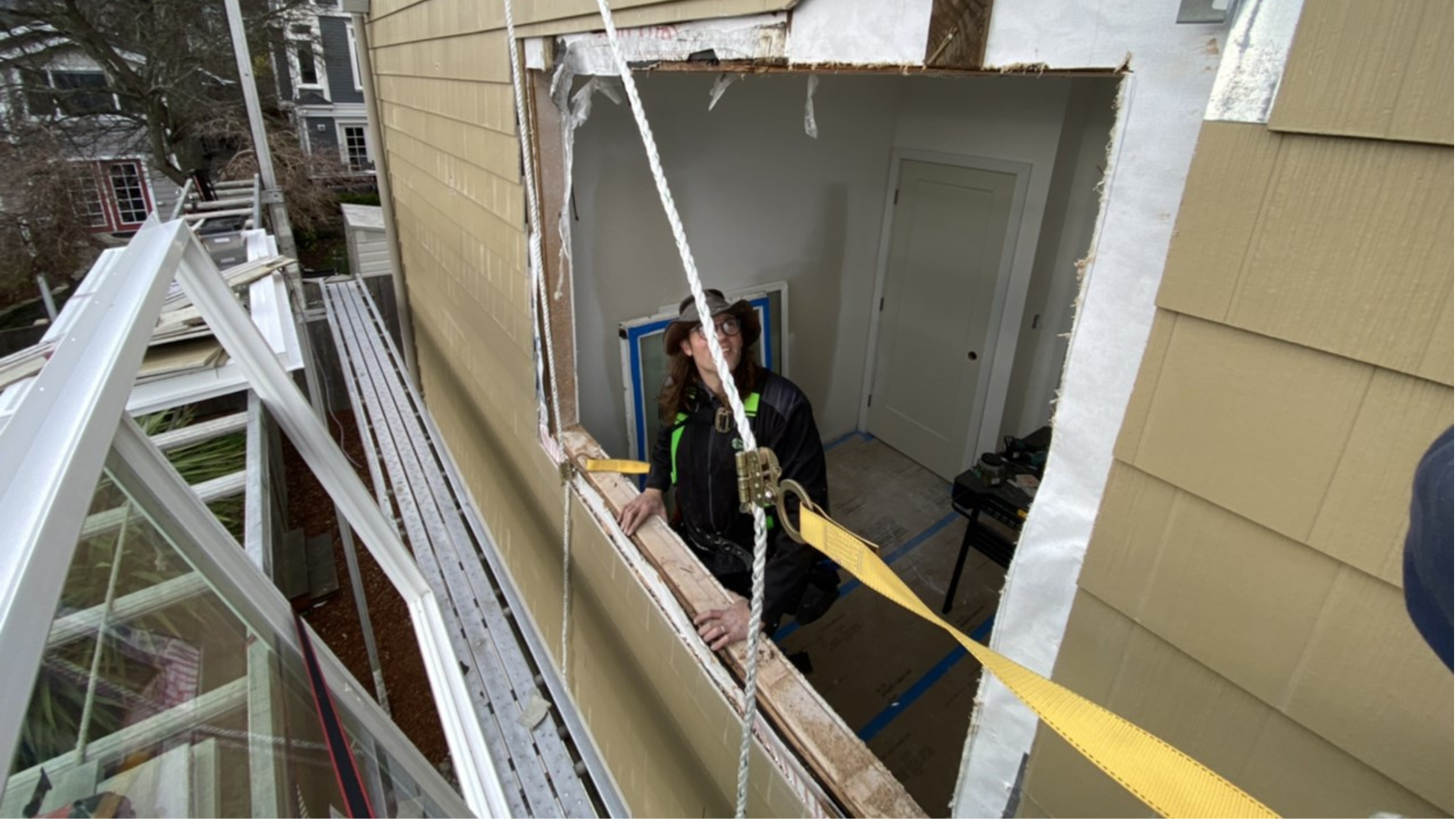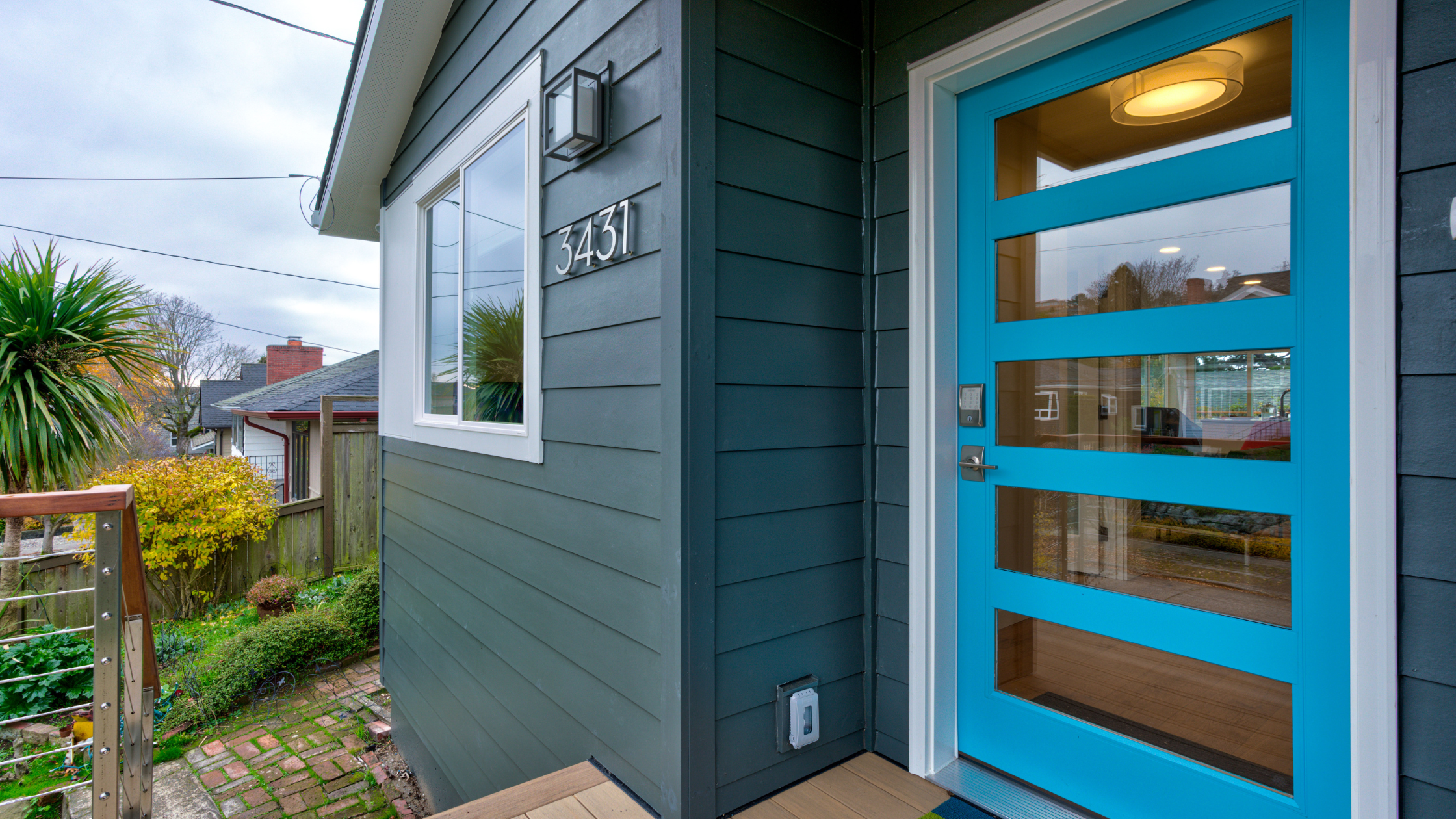Do you prioritize the safety of your home and family? If so, replacing the outdated knob and tube wiring is crucial. This type of wiring poses a serious fire hazard and cannot support modern electrical devices safely.
In this article, we will outline the reasons why you should seek guidance from a building professional or licensed electrician to replace your knob and tube wiring. Homeowners may want to prioritize replacing their knob and tube wiring especially when doing a Seattle home renovation.
What is Knob and Tube Wiring?

Photo courtesy of HomesMSP
Knob and tube wiring, also known as K&T, was a widely used electrical wiring method in buildings across North America in the early 1900s. This system involved copper conductors with single insulation running through wall and ceiling cavities. To protect the wires, porcelain insulating tubes were used at joist and stud drill holes, while porcelain knob insulators supported their length. When the conductors entered a wiring device or were pulled into a wall, they were safeguarded with flexible cloth insulating sleeving called loom.
The use of knob and tube wiring in interior wiring systems became less common over time due to its expensive installation cost compared to power cables. Power cables, which incorporated both power conductors and grounding conductors in a single run, proved to be a more cost-effective alternative.
Does Knob and Tube Wiring Have to be Removed?
Knob and tube electrical wiring doesn't necessarily need to be physically removed; it can be deactivated, “abandoned,” and replaced with modern wiring. The potential safety hazards associated with knob and tube wiring are numerous. For instance, knob and tube wiring are designed to dissipate heat into the open air. If insulation is packed around it, heat dissipation is hindered, making the insulation hot and brittle, potentially causing a fire. The protective coating of knob and tube wiring degrades over time, exposing bare copper, which poses a danger. This is extremely prevalent in older homes.
Over the lifespan of a knob and tube system, there are likely to have been modifications made that may not be to code and/or done properly by the handyman or homeowner who modified the system, which could potentially cause conditions conducive to fire. Sometimes this is the installation of a new service panel. The knob and tube system may not have adequate capacity to accommodate the additional flow of electricity, causing the wires to overheat and potentially cause a fire. Knob and tube is traditionally an ungrounded electrical system comprised of cloth insulation wrapped around copper wiring, which will degrade over time. The absence of grounding wire in knob and tube systems also increases the risk of electrical shock or fire when using modern appliances. Inadequate insulation and outdated hardware further contribute to the home's risk of damage and fires. You should also know that some insurance companies will not insure homes wired with k&t wiring or will charge extremely high premiums to cover a home with knob and tube because half of all home fires stem from electrical distribution, lighting, and power transfer equipment issues.
Can You Partially Replace Knob and Tube Wiring?
While it is technically possible to partially replace knob and tube wiring, this approach is not recommended due to safety hazards. Merely replacing a portion of the wiring does not eliminate the overall risk. To ensure complete safety, it is necessary to deactivate the entire knob and tube system and rewire your home with a modern wiring system.
The Value of Working with a Professional
When it comes to electrical changes or upgrades, it is crucial to work with a professional. Unless you have training in residential electrical systems, attempting modifications yourself is highly discouraged. Electrical service professionals possess the expertise to identify knob and tube wiring and assess the system for deficiencies and hazards. They stay up to date with current building code requirements and national electrical codes and can provide peace of mind that the work is done correctly. Working with professionals eliminates the risks associated with DIY attempts, such as increased costs, extended timelines, electrical fires, and other significant hazard risks. Moreover, some homeowner’s insurance companies may require a home inspection and a certified document stating that the old wiring has been deactivated to proceed with insurance coverage for the home or reduce premiums.
DIY isn’t Worth the Risk
Electrical work should always be entrusted to professionals, especially when it involves replacing knob and tube wiring. Their guidance and expertise ensure that risks are identified and eliminated efficiently, safeguarding both you and your home. Contacting a professional will guarantee the safety of your electrical system and provide you with peace of mind knowing that the job has been done properly.
For more guidance on standard home maintenance practices, download our eBook, "Redefining Home Maintenance: The Proactive & Essential Guide for Homeowners."

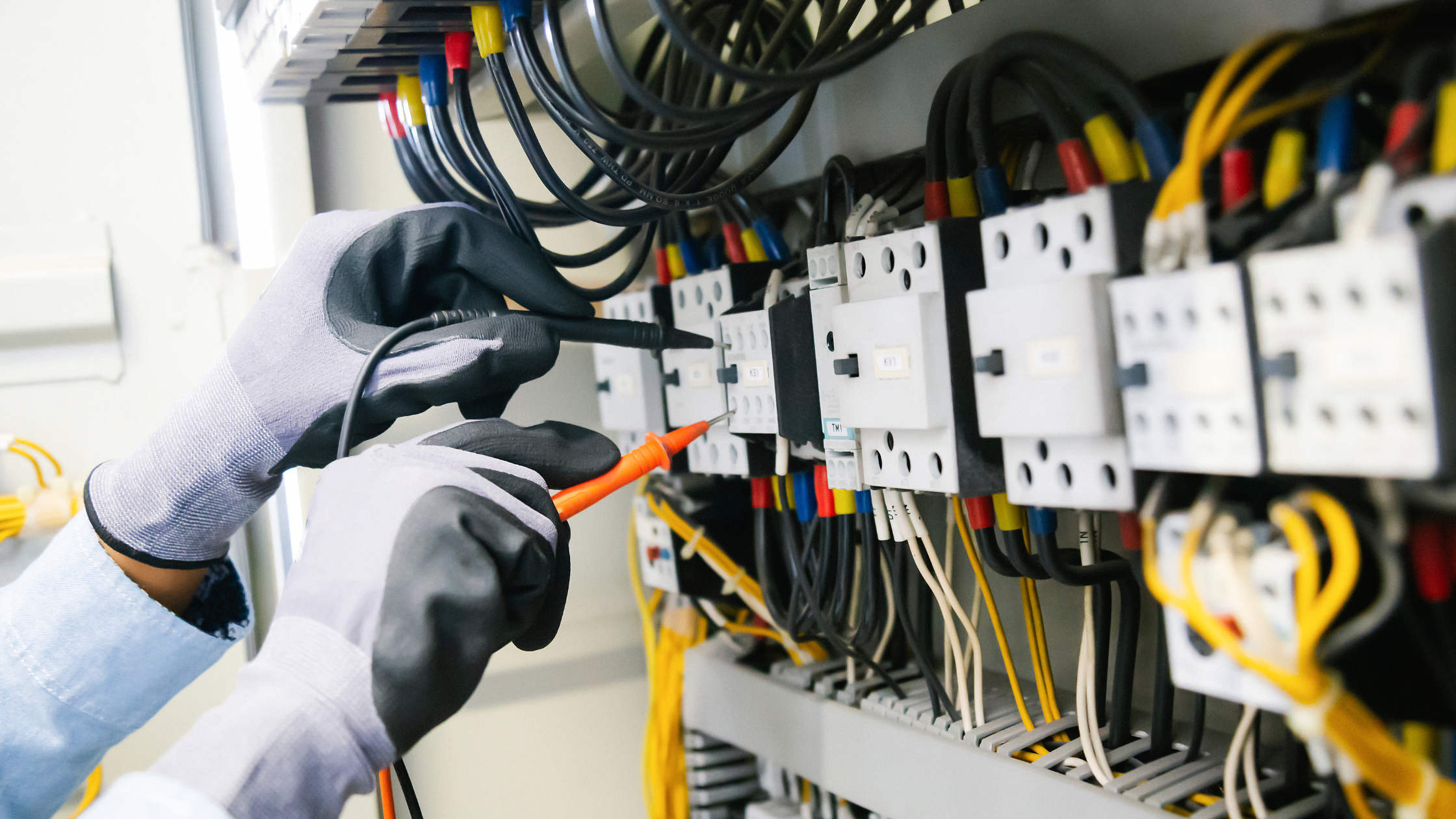



.png)
.jpg)
